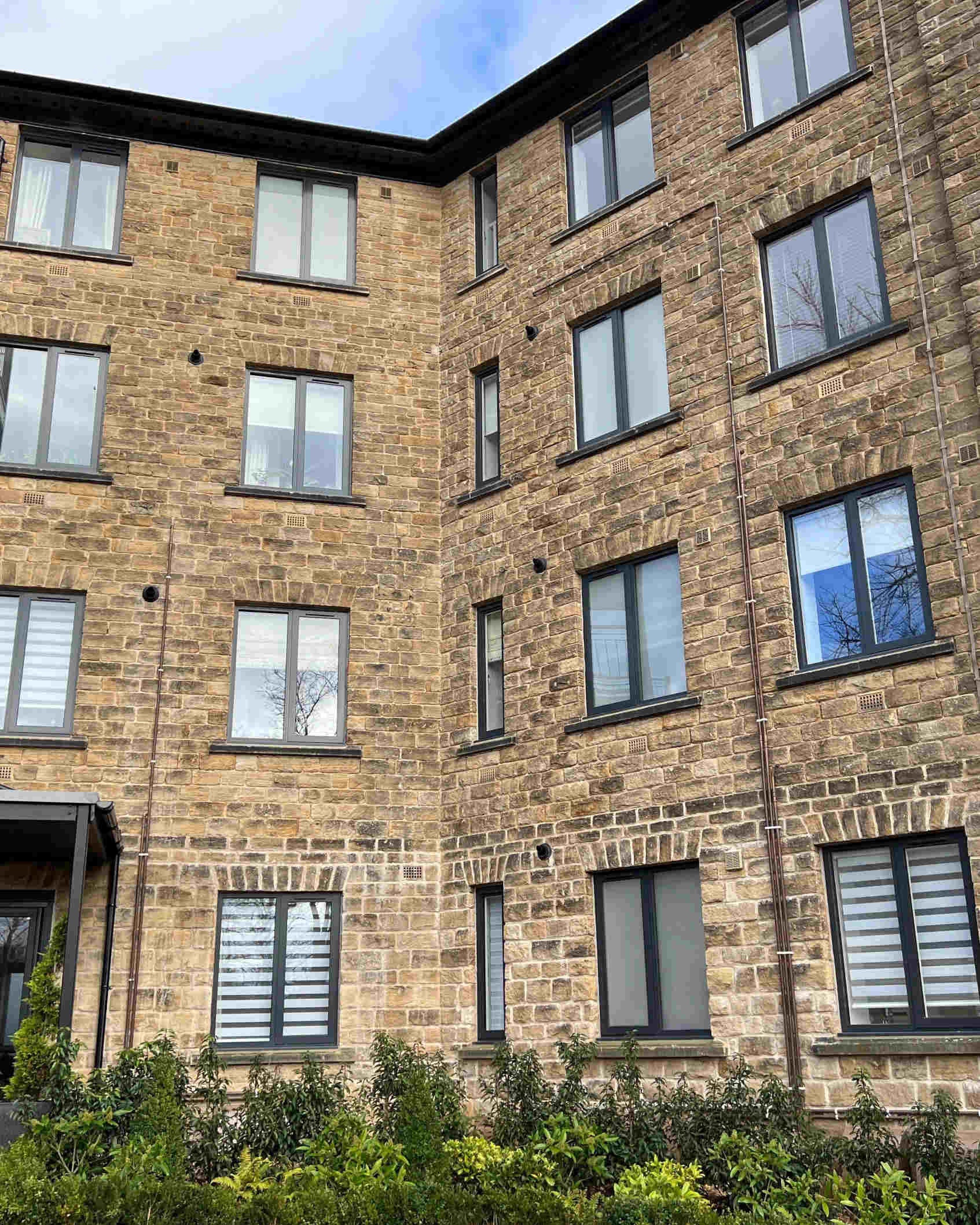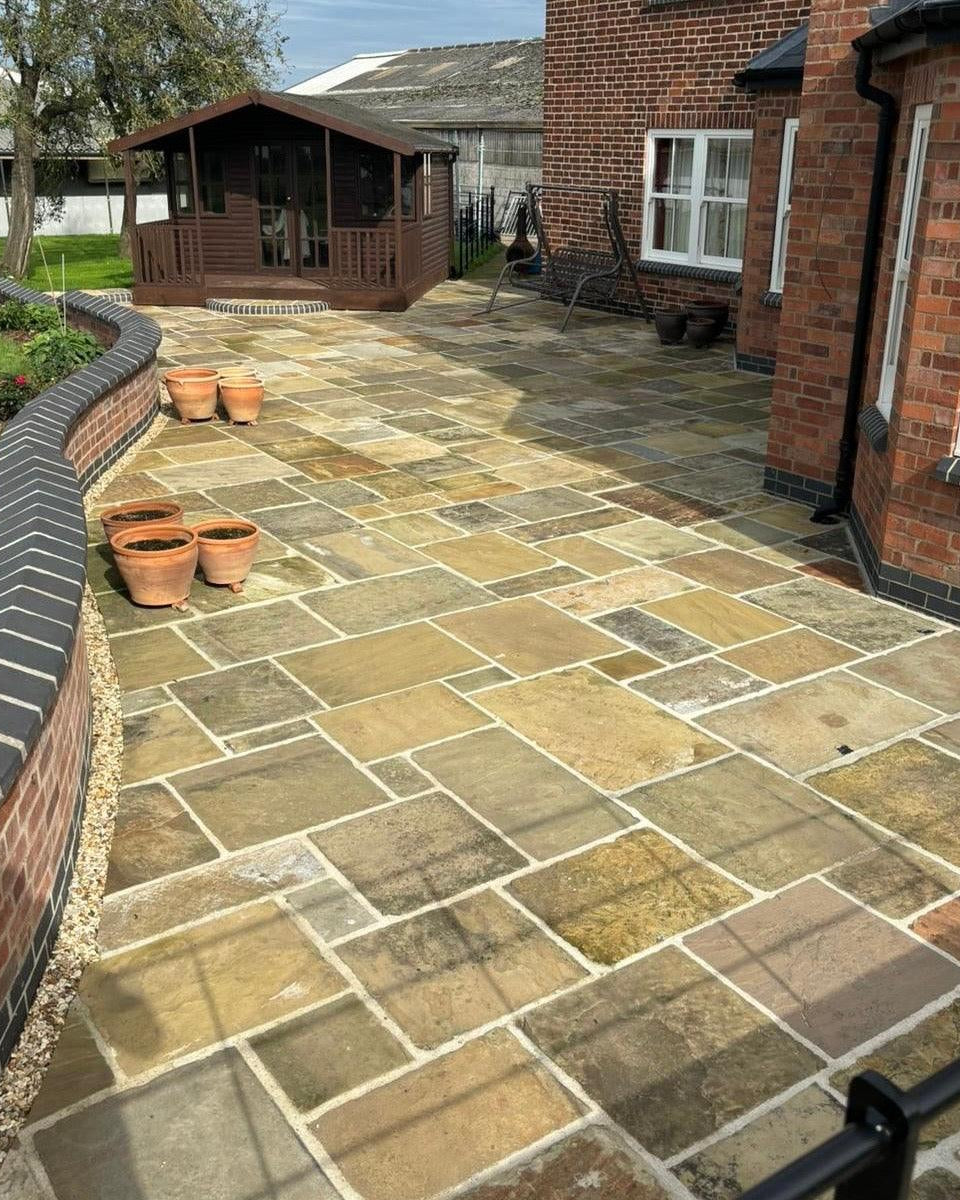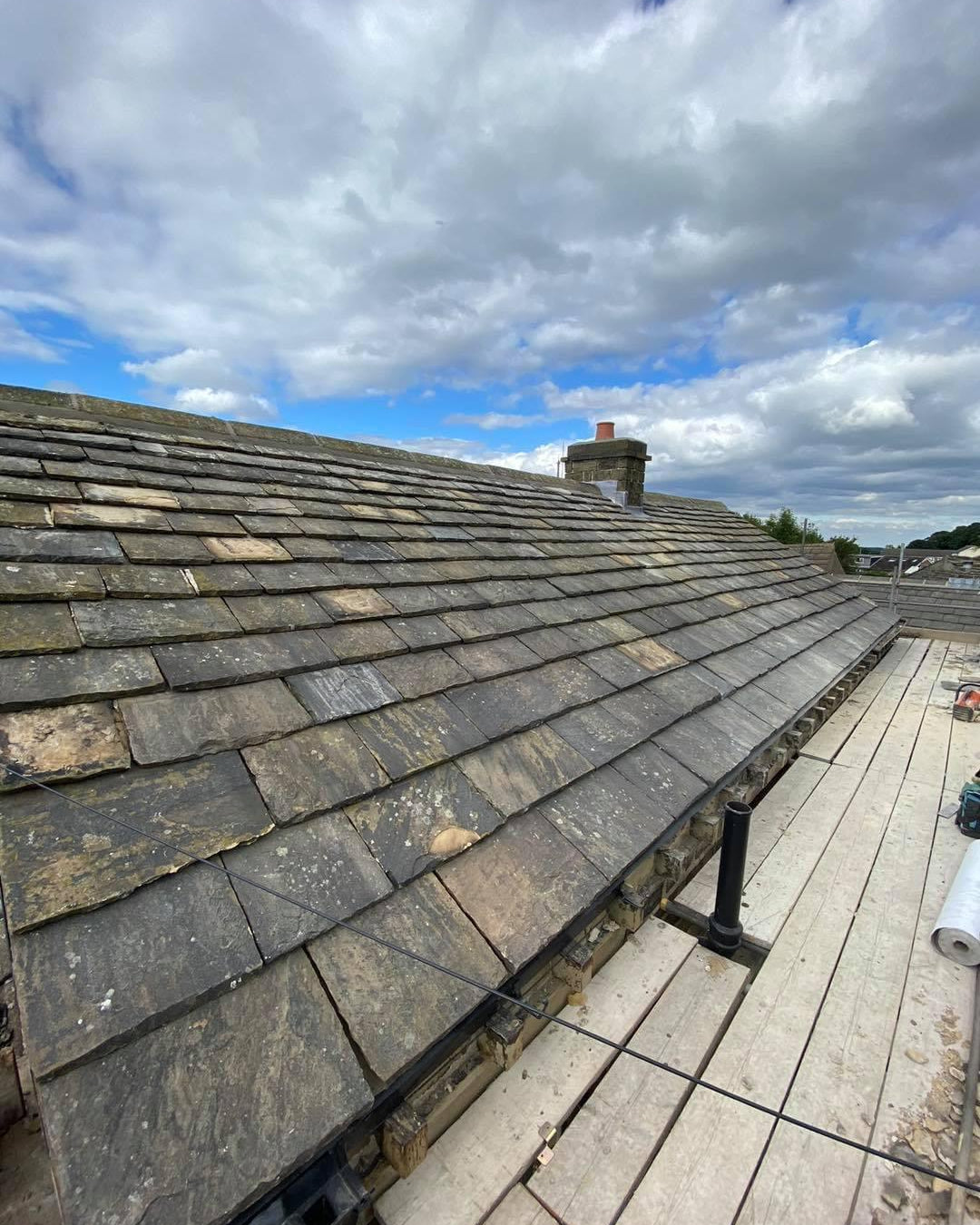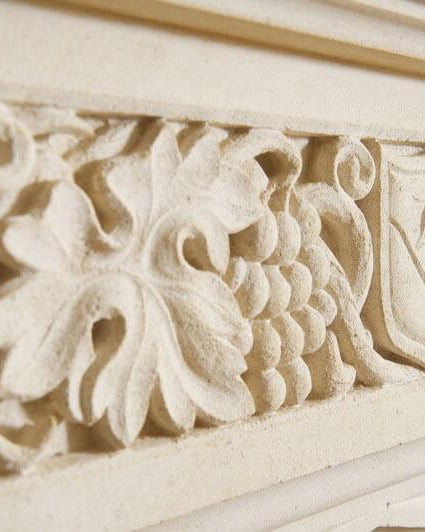Why Reclaimed Stone Deserves a Place in Sustainable Construction Specifications
Specifying reclaimed stone is becoming a critical step for architects, specifiers, and contractors looking to meet environmental targets while delivering durable, beautiful projects. As sustainability moves from a value-add to a core requirement, reclaimed materials such as Yorkstone offer a tangible way to support low-carbon construction, BREEAM credits, and the circular economy.
This guide provides practical insights for including reclaimed stone in your next project — from understanding its environmental benefits to writing it into your specification documents.
Why Reclaimed Stone Matters
Reclaimed stone is not simply a stylistic choice — it’s a strategic one. Compared to newly quarried stone, reclaimed materials offer:
-
Lower embodied carbon due to avoided extraction and processing
-
Reduced construction waste, as stone is diverted from landfill
-
Unique aesthetic appeal, especially in period or conservation settings
-
Support for circular economy principles in the built environment
These qualities align with both private-sector ESG goals and public procurement criteria focused on sustainability and responsible sourcing.
Project Applications: Where Reclaimed Stone Excels
Reclaimed stone performs exceptionally well in a wide range of external and structural applications:
-
Paving and hard landscaping: Ideal for patios, courtyards, public realm schemes, and garden design
-
Driveways and vehicle access: Durable under load when properly bedded
-
Steps and risers: Particularly effective when supplied with reclaimed or sawn finishes
-
Edging and borders: Setts or cropped stone can be used to define paths or beds
-
Walling and copings: Complements existing stonework or offers a contrasting reclaimed finish
Meeting Sustainability Frameworks
Incorporating reclaimed stone can contribute to multiple sustainability assessment credits:
-
BREEAM (UK): Supports credits in:
-
MAT01 (Life Cycle Impacts)
-
WST01 (Construction Waste Management)
-
MAN02 (Responsible Sourcing)
-
-
LEED (US/International): Supports credits in:
-
Materials & Resources (Building Life-Cycle Impact Reduction)
-
Sourcing of Raw Materials
-
-
Circular Economy Goals: Reuse of existing materials reduces demand for quarrying and energy-intensive processing.
These credentials support both environmental targets and corporate ESG policies — and are increasingly required in both public and private sector projects.¹ ² ³
Technical Considerations for Specifiers
Reclaimed stone presents a few distinct challenges that, when addressed early, ensure smooth procurement and execution.
1. Stock Variation
Reclaimed materials are inherently variable — in colour, texture, thickness and size. A reputable supplier like Britannia Stone will:
-
Pre-sort and photograph available stock
-
Offer consistent batches where possible
-
Help match additional materials for larger quantities
It’s important to set expectations with clients regarding variation — this is part of the material’s character.
2. Sizing and Cutting
Reclaimed Yorkstone and similar products may require reworking or cropping to meet specific dimensions. Allowances should be made for:
-
Coursing irregularities in random flagstone or sett layouts
-
Sawn edges where necessary (e.g. for flush thresholds or edging)
-
Cutting on-site if bespoke shapes are needed
Discuss with your supplier whether stone can be provided ready-cut or whether on-site cutting is required.
3. Bedding and Laying
To preserve the sustainability credentials of reclaimed stone, avoid cement-heavy bedding. Instead:
-
Use lime-based mortars where appropriate (especially in heritage sites)
-
Consider permeable base layers for drainage
-
For driveways, ensure correct sub-base depth and compaction to avoid movement
Sample Specification Wording
For use in tender documents or material schedules:
"Provide reclaimed Yorkstone flags from a certified UK reclamation source. Flags to be hand-selected for structural integrity, with natural weathering and variation in tone. Supplied and laid with lime mortar bedding. Contractor to allow for cutting and coursing where necessary. All materials to support circular economy and sustainable procurement goals."
This wording can be adapted based on the supplier’s assurance scheme, project scale, and end use.
Procuring with Confidence
Choose a reclamation partner who:
-
Offers traceability or documentation on reclaimed material origin
-
Can provide pre-purchase site photos and dimensions
-
Understands planning restrictions in heritage or conservation areas
-
Supports your documentation needs for BREEAM, ESG reporting or tender compliance
Overcoming Common Objections
Some clients or contractors may initially resist the use of reclaimed materials due to concerns about durability, supply reliability, or appearance.
Here’s how to address those:
-
Durability: Reclaimed Yorkstone has already stood the test of time. With proper laying, it can last another 100+ years.
-
Supply: Work with suppliers who manage large volumes of stone and can guarantee stock availability.
-
Appearance: Natural weathering, patina and tonal variation enhance visual appeal — especially in period or prestige projects.
Supporting the Circular Economy
Using reclaimed stone isn't just about individual project performance — it's about reducing the extraction and processing of virgin materials. Reusing stone:
-
Extends its lifecycle
-
Keeps valuable resources in circulation
-
Lowers the environmental impact of construction and landscaping
Britannia Stone actively supports these goals by salvaging, preparing, and distributing high-quality reclaimed materials across the UK.
Final Tips for Specifiers
✔ Speak to suppliers early — reclaimed materials often need preselection or reservation in advance of install dates.
✔ Consider using mixed formats (e.g. flags and setts) for flexible design and availability.
✔ Use site trials or small sample panels to confirm laying patterns or visual acceptability with your client.
✔ Document the carbon and waste diversion benefits in your ESG or BREEAM reporting.
Ready to Specify?
Britannia Stone can help you source high-quality reclaimed Yorkstone, Building stone and similar materials and provide technical and sustainability guidance throughout your design or tender process.
Contact us for technical sheets, availability, and sample specification wording.
📚 References:
¹ BREEAM Sustainability Credits – BRE Group: https://www.bregroup.com/products/breeam/
² LEED MR Credits – USGBC: https://www.usgbc.org/credits/new-construction/v4/material-%26-resources
³ Ellen MacArthur Foundation – Circular Economy: https://ellenmacarthurfoundation.org/topics/circular-economy-introduction/overview







